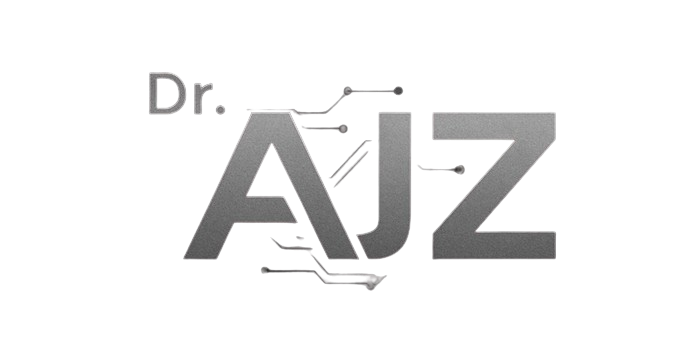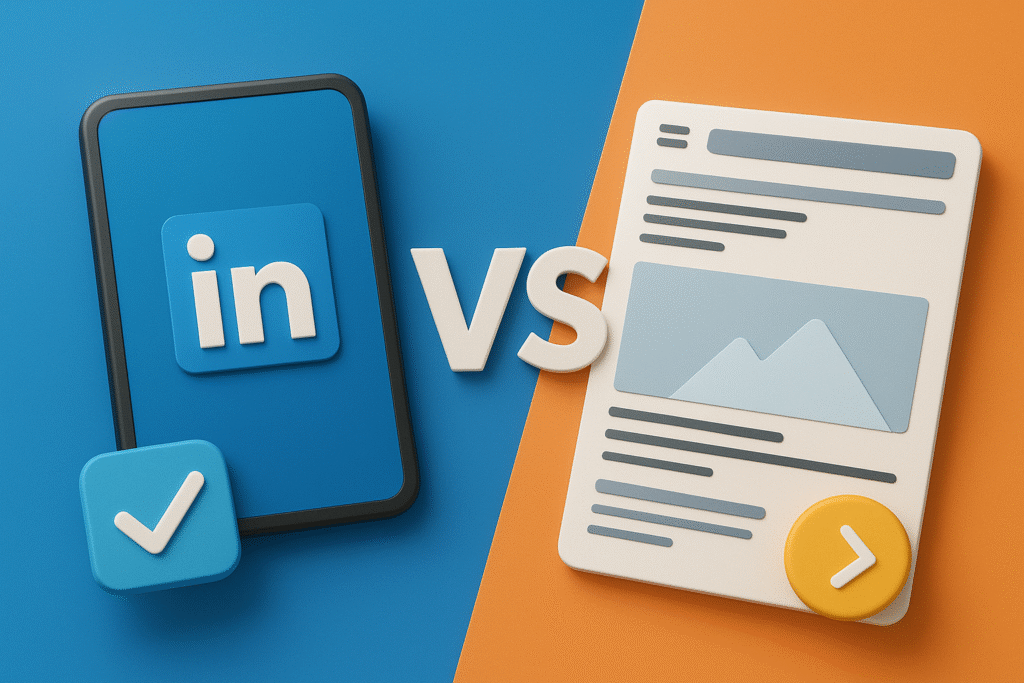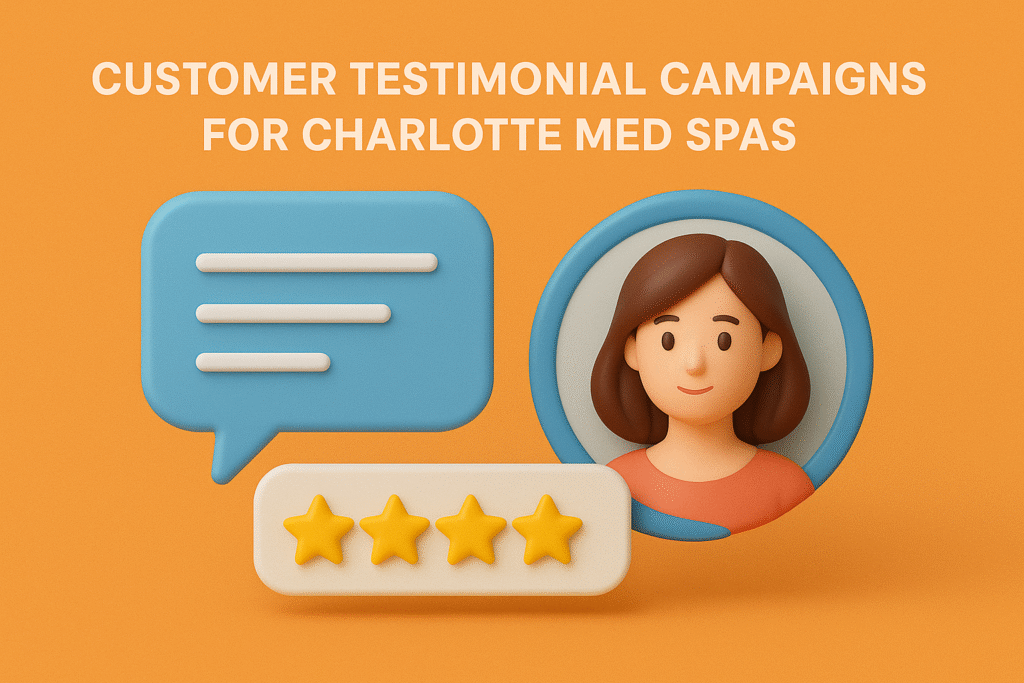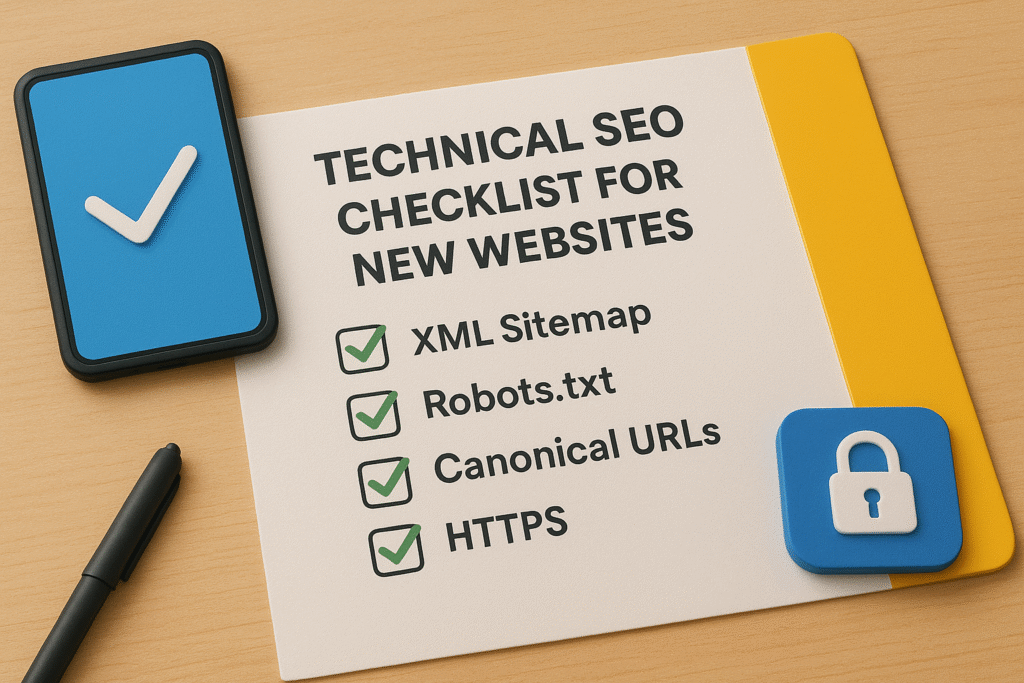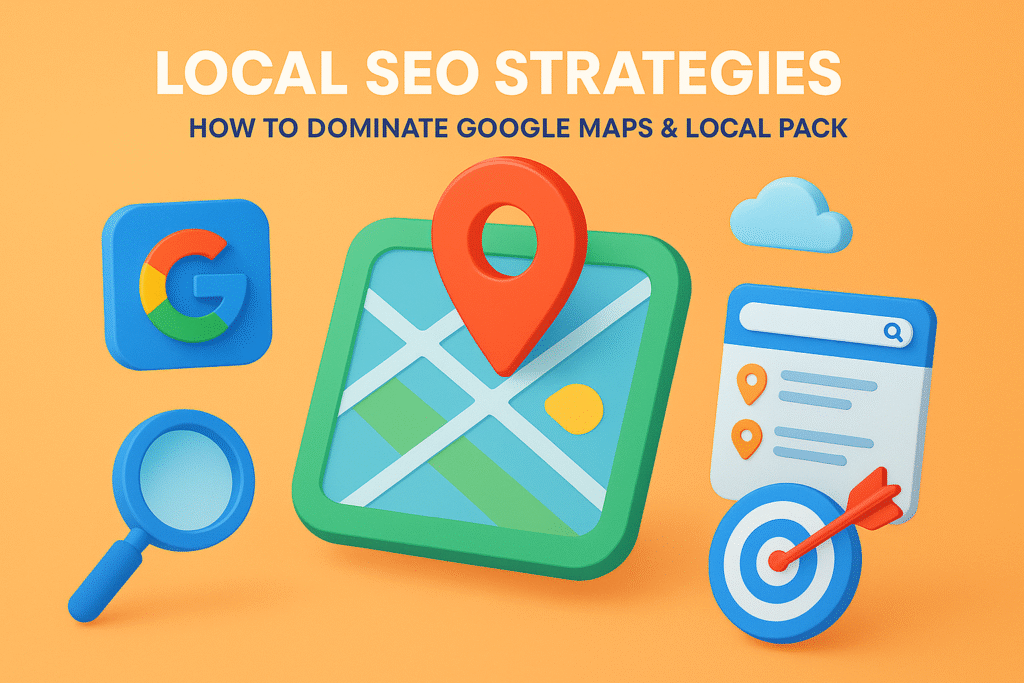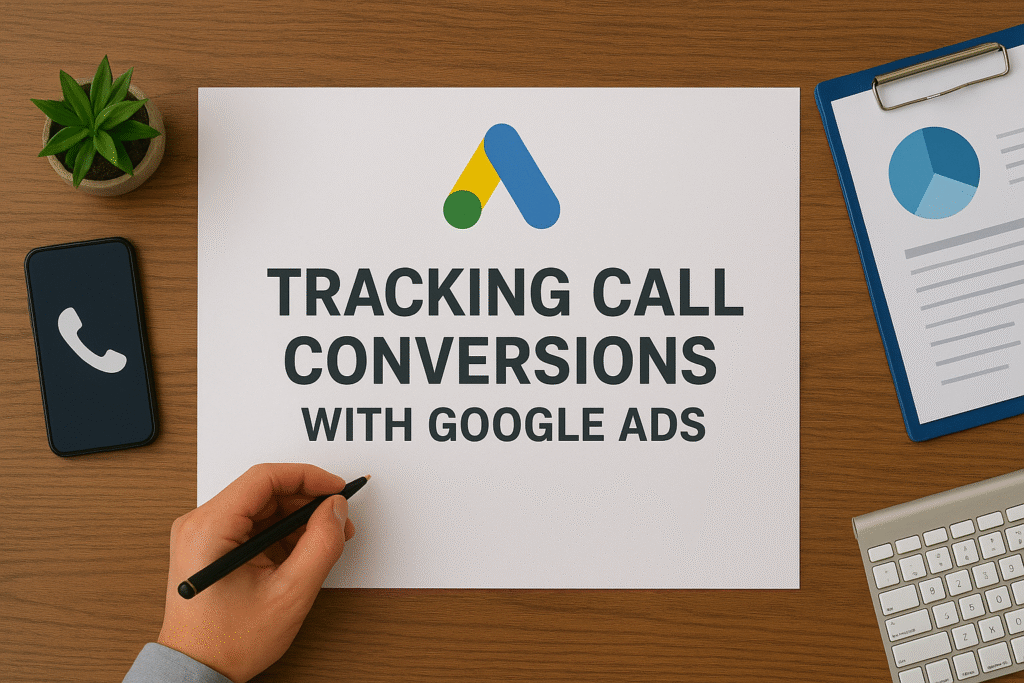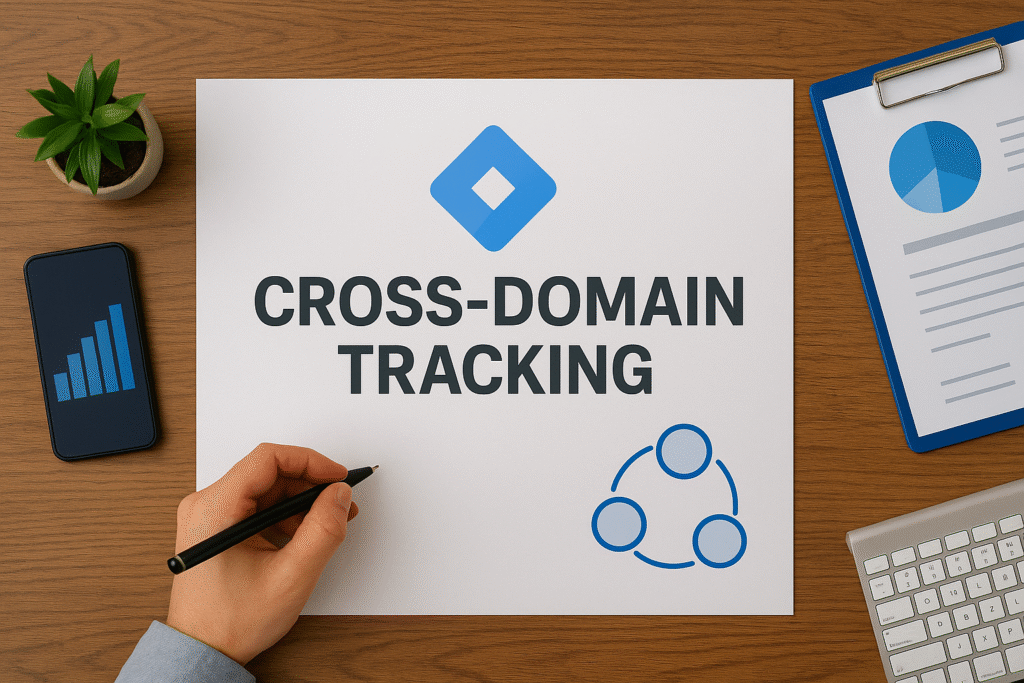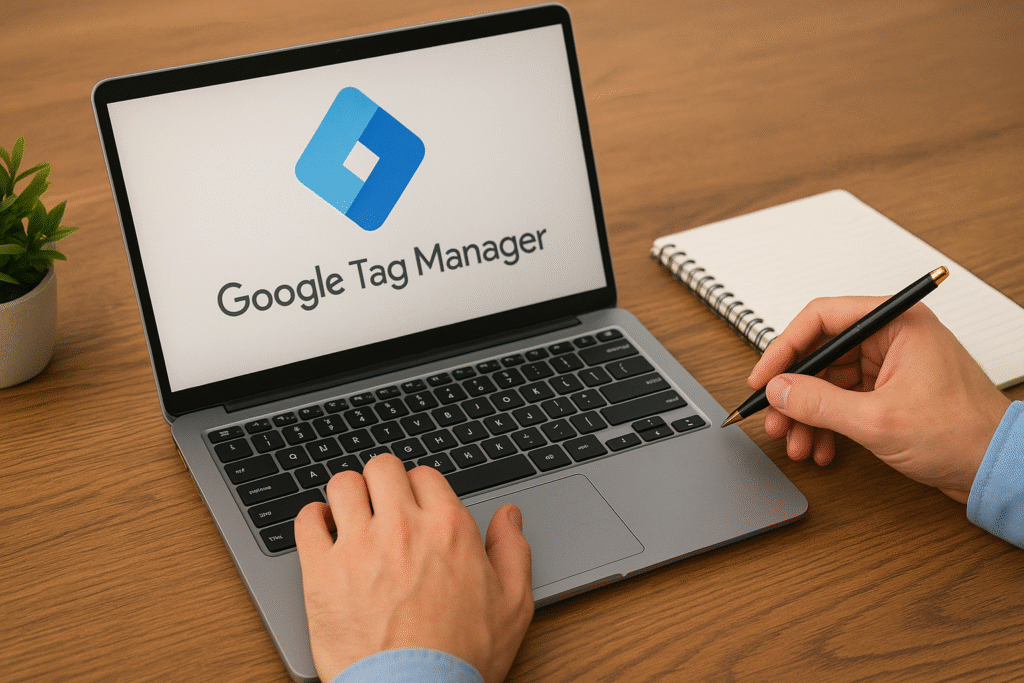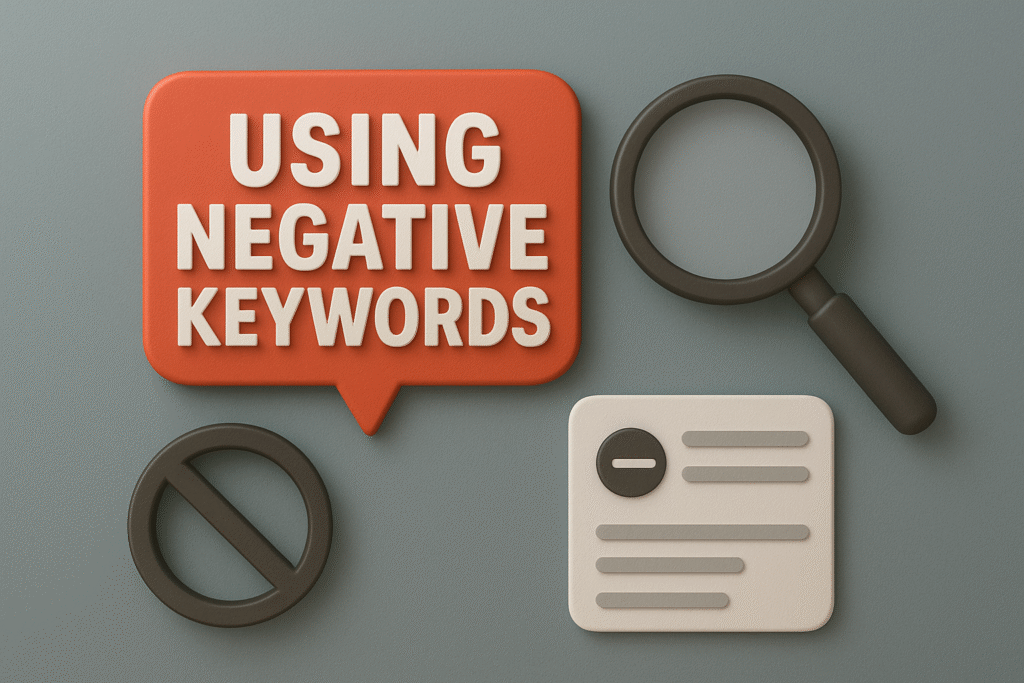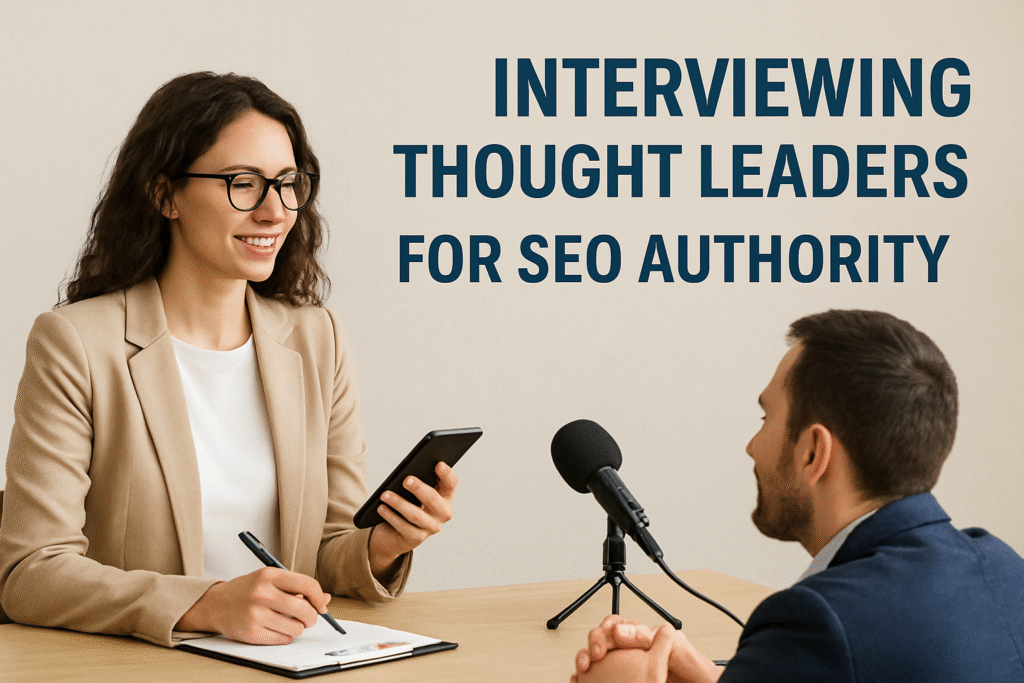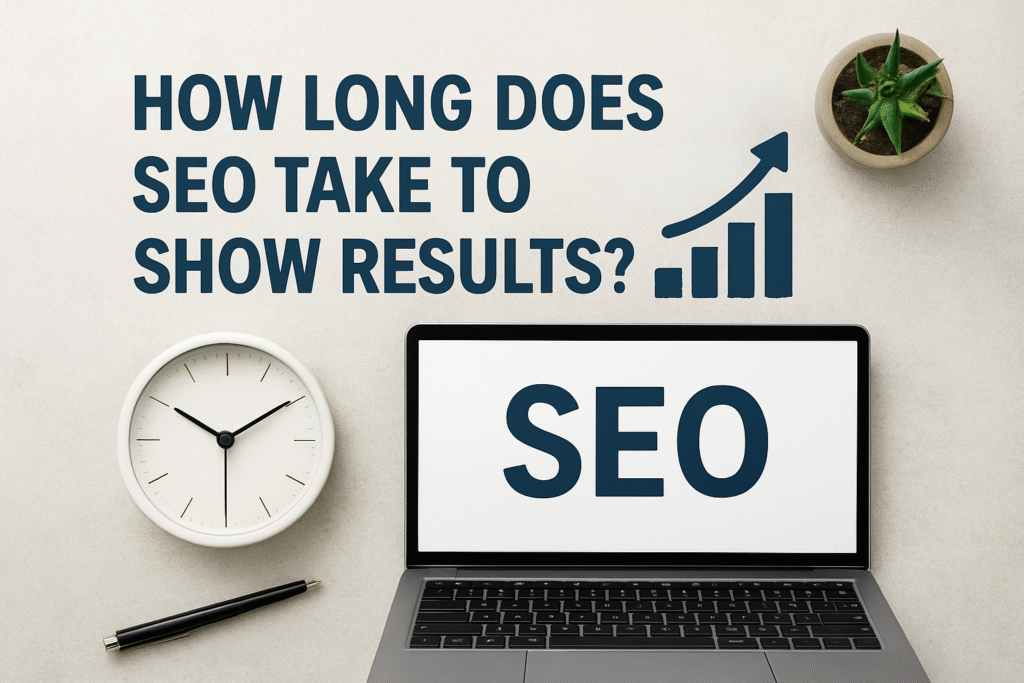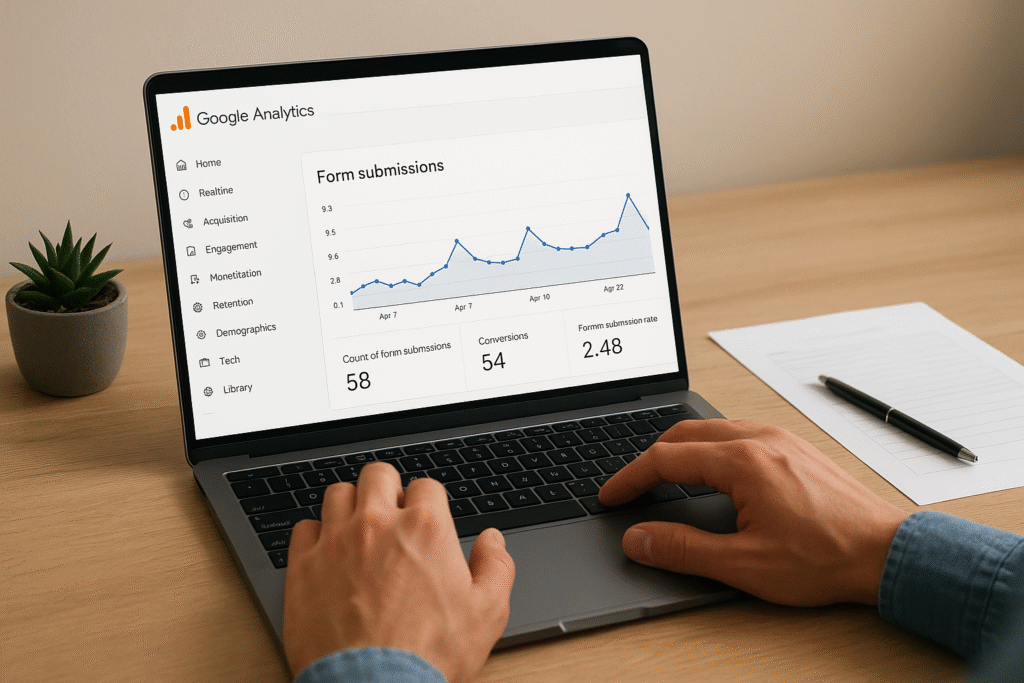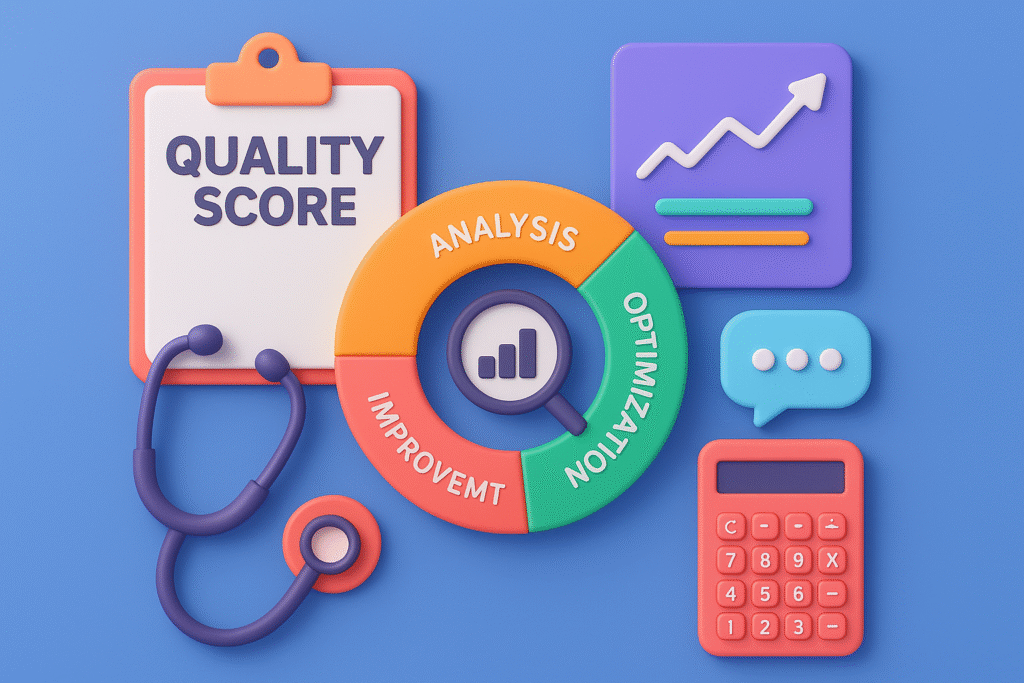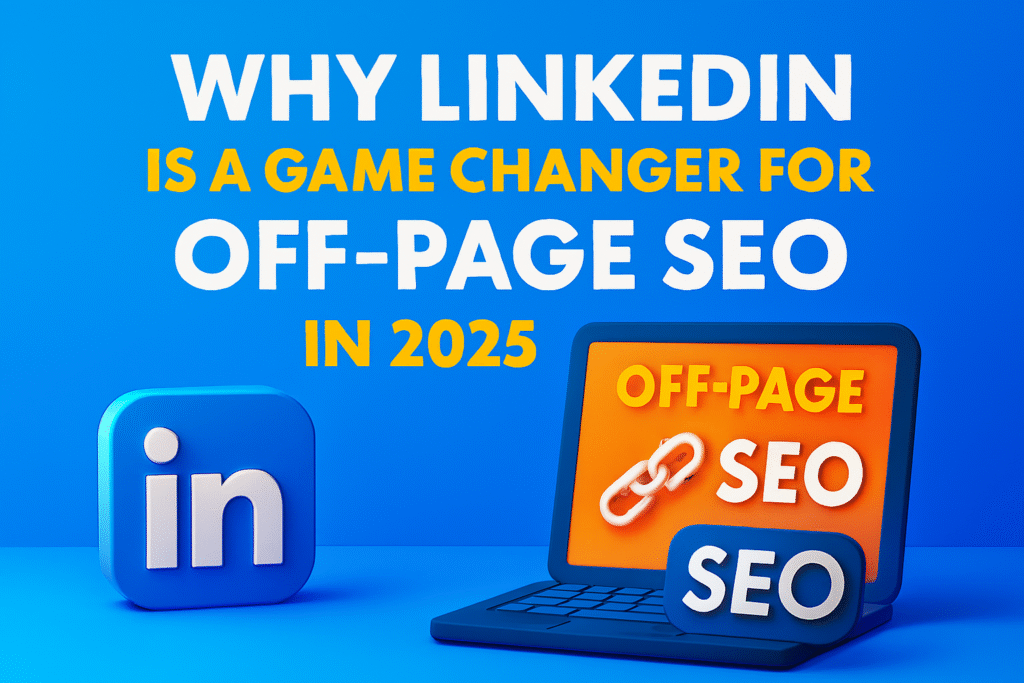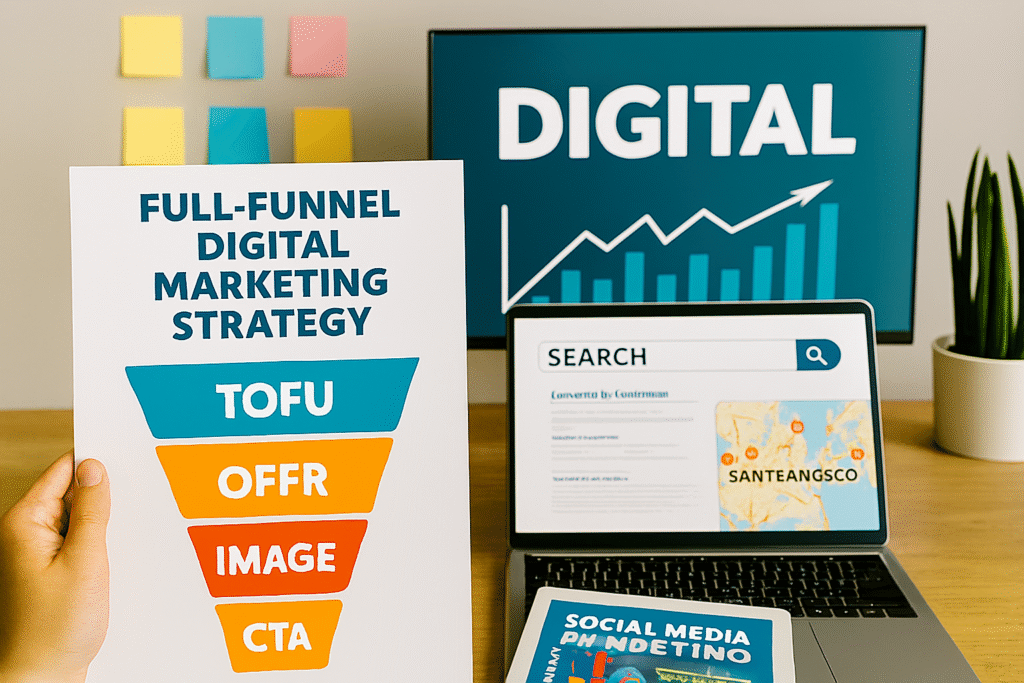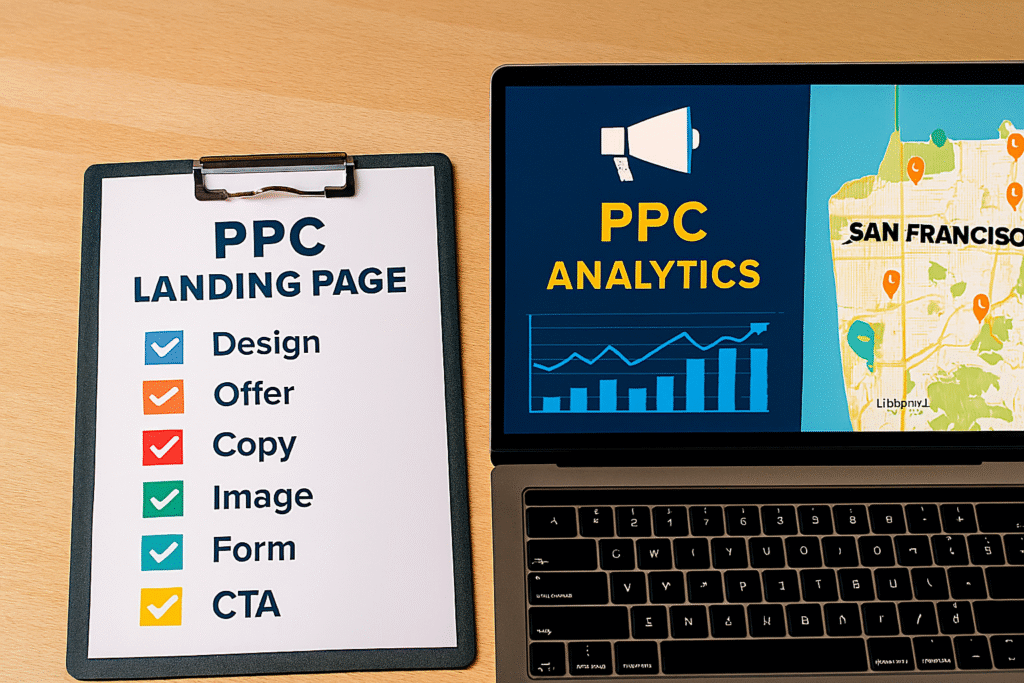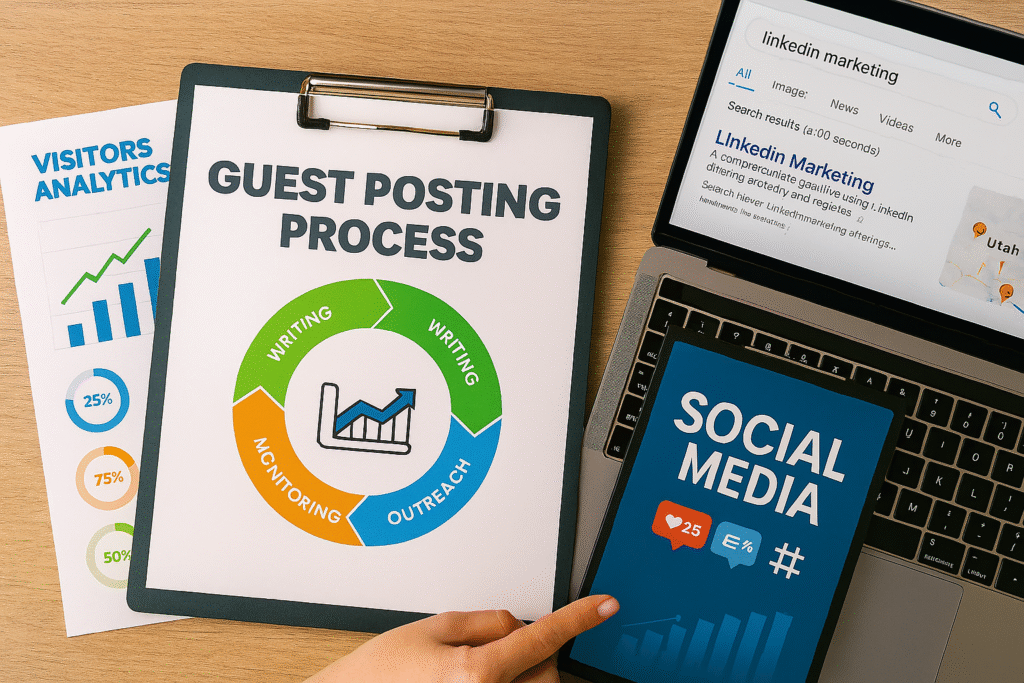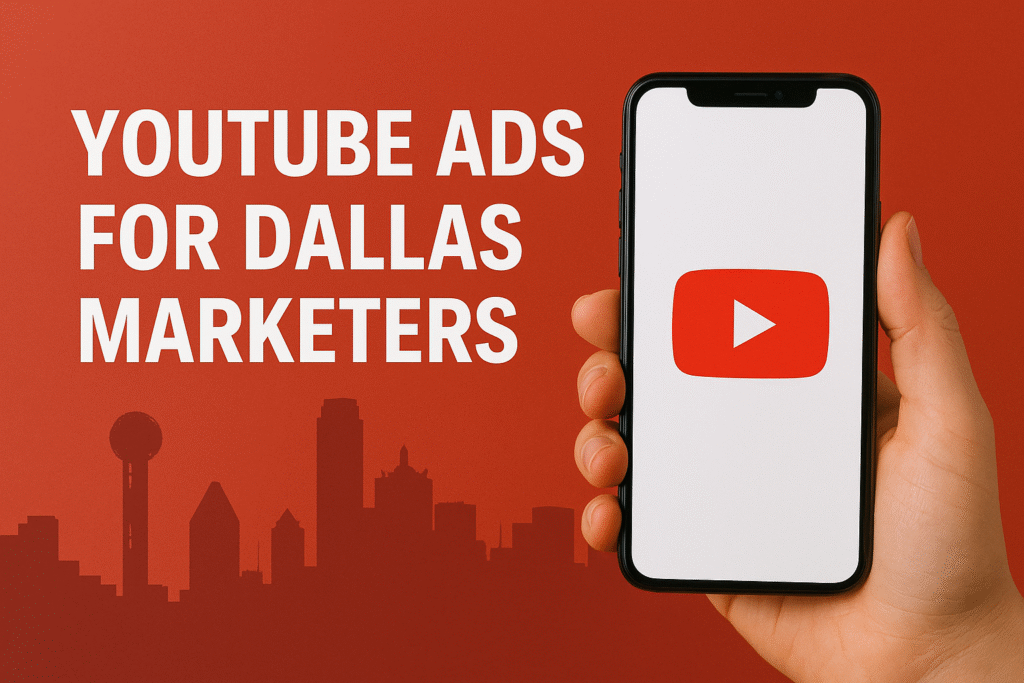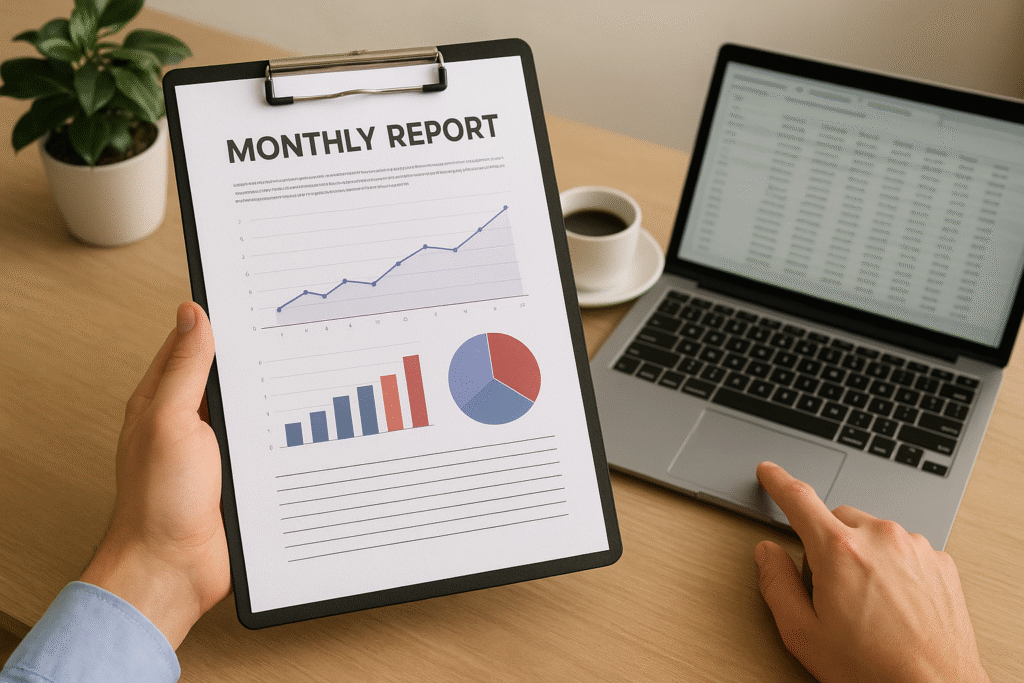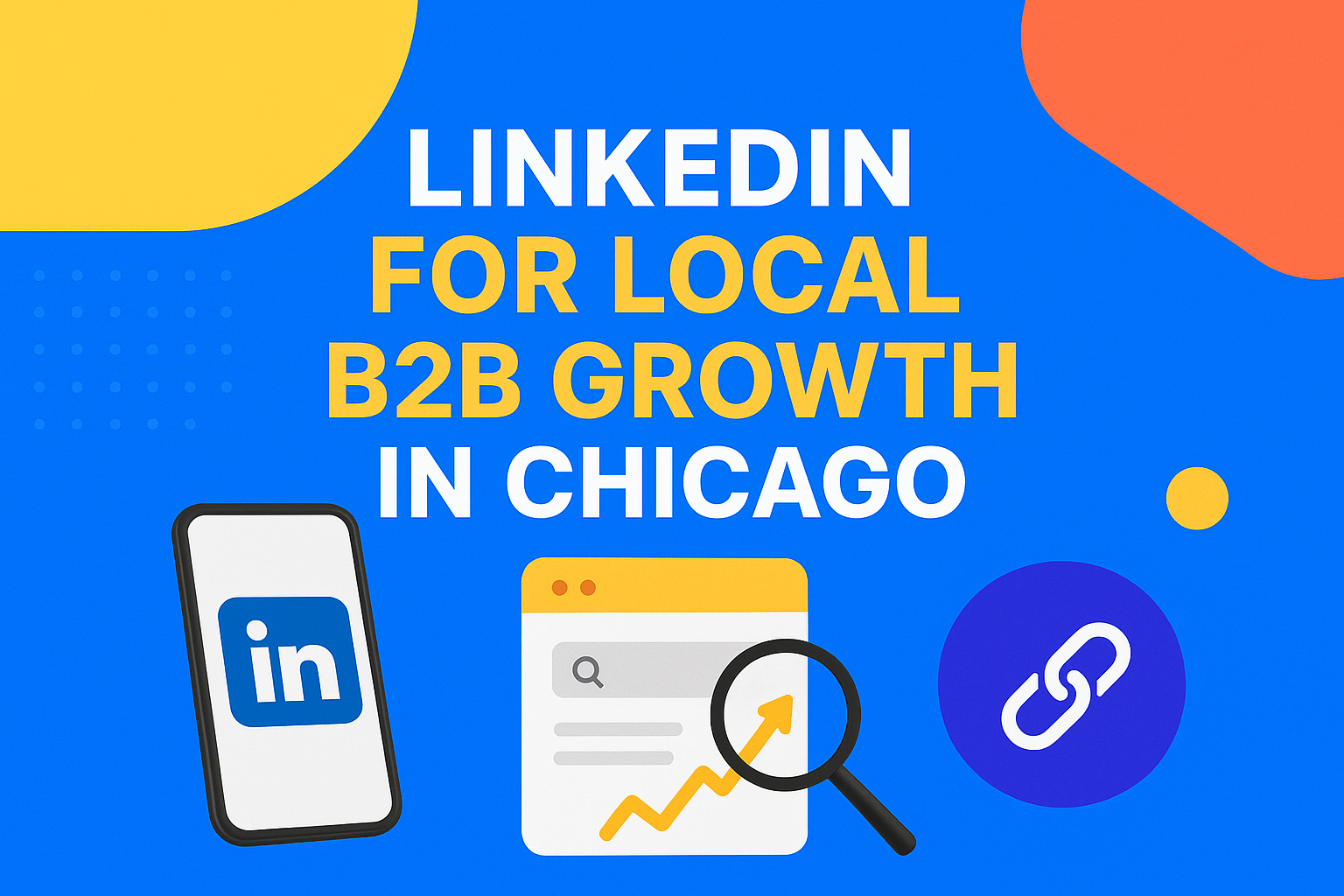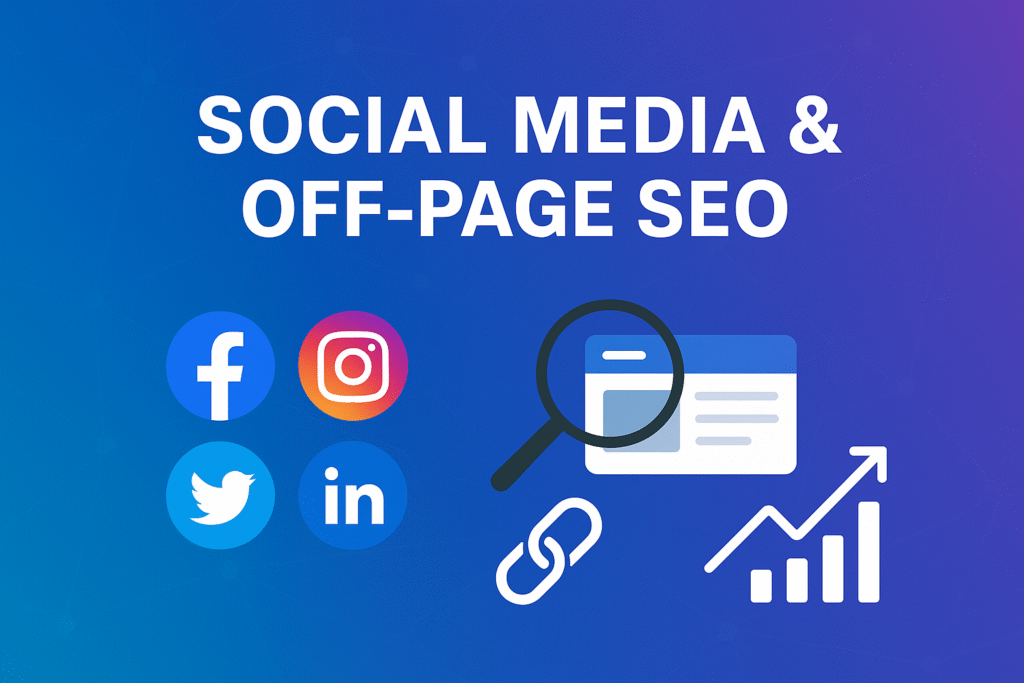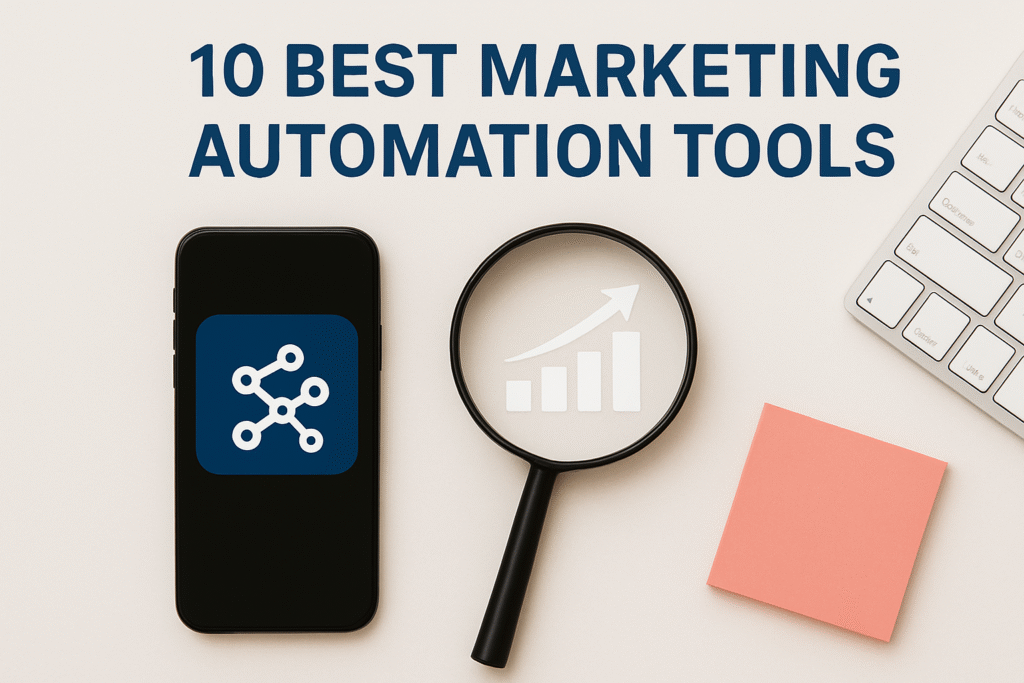Here’s What You’ll Learn in This Article
This article compares the SEO impact of LinkedIn articles and website blogs, explaining how each platform contributes to visibility, authority, and engagement. You’ll learn why LinkedIn is ideal for short-term exposure and networking, while website blogs build long-term SEO strength. It also outlines how to combine both for maximum reach — publishing SEO-optimized blogs on your site and repurposing them on LinkedIn for engagement and traffic. By the end, you’ll know exactly how to balance visibility with authority for sustainable digital growth.
Introduction
If you’re serious about building authority and generating organic visibility, you’ve probably wondered — LinkedIn articles vs website blogs: which helps SEO more? It’s a question every digital marketer and content strategist faces at some point.
LinkedIn has evolved from being just a professional networking site to a powerful content publishing platform. But when it comes to long-term SEO benefits, your own website plays a different role altogether.
“Stat: 63% of B2B marketers say LinkedIn is the most effective social media platform for content distribution.”
Source: Content Marketing Institute
In this article, I’ll break down the advantages, limitations, and strategies for both platforms — and show you how to use them together to maximize visibility and conversions.
Understanding the Core Difference
When comparing LinkedIn articles vs website blogs which helps SEO more, the key lies in ownership and discoverability.
- LinkedIn Articles: Published under your personal profile or company page and live entirely within the LinkedIn ecosystem.
- Website Blogs: Hosted on your domain, indexed by Google, and capable of driving long-term organic traffic.
LinkedIn articles are excellent for reach and authority within the platform. Website blogs, however, are unmatched when it comes to search visibility and brand growth.
“Pro Tip: Think of LinkedIn articles as short-term engagement boosters, and website blogs as long-term SEO assets.”
Source: HubSpot Blog
Let’s break each one down.
LinkedIn Articles: Building Network Visibility
Publishing on LinkedIn offers an immediate advantage — distribution to an existing audience. When you post an article, LinkedIn notifies your followers and often promotes your content algorithmically if engagement starts early.
Benefits include:
- Instant visibility: Your connections and followers see it instantly.
- Thought leadership: Builds credibility through personal voice and expertise.
- Engagement metrics: Likes, comments, and shares increase reach.
- Professional audience: Perfect for B2B industries and niche sectors.
“Stat: Articles shared by employees on LinkedIn generate 2x higher engagement than company page posts.”
Source: LinkedIn Marketing Solutions
However, while engagement on LinkedIn is high, it doesn’t translate directly into SEO benefits. LinkedIn articles don’t pass domain authority to your website and rarely rank in Google search for competitive queries.
Website Blogs: Long-Term SEO Powerhouses
Your website blog, on the other hand, is an owned media asset — meaning everything you publish contributes directly to your domain’s authority and keyword footprint.
Search engines index your blog posts, making them discoverable for months or even years.
Benefits include:
- Full control over keywords, structure, and meta tags.
- Internal linking for SEO architecture.
- Backlink opportunities.
- Lead generation through CTAs and landing pages.
“Stat: Companies that publish blogs receive 55% more website visitors and 67% more leads than those without blogs.”
Source: Demand Metric
A website blog grows in value over time — unlike a LinkedIn post, which loses visibility within days.
Comparing SEO Impact: LinkedIn vs. Website
To determine LinkedIn articles vs website blogs which helps SEO more, let’s analyze based on three SEO pillars — ownership, discoverability, and link equity.
| Factor | LinkedIn Articles | Website Blogs |
|---|---|---|
| Ownership | Content is owned by LinkedIn | You fully own the content |
| Indexation | Limited; often ranks only on LinkedIn search | Fully indexable by Google |
| Backlinks | Cannot pass link equity | Can generate backlinks to your domain |
| Traffic Source | Social (LinkedIn users) | Organic (Google search) |
| Lifespan | 3–7 days visibility | Evergreen and compounding |
| Conversions | Difficult to track | Can integrate forms, CTAs, tracking pixels |
“Pro Tip: Treat your website as your content headquarters and LinkedIn as your distribution channel.”
Source: Neil Patel
So, while both platforms play valuable roles, your website should remain your SEO foundation.
How Google Treats LinkedIn Content
LinkedIn’s content does appear in Google search results, but only for branded or low-competition queries. For example, searching your name or company might surface your LinkedIn article — but not for broader, high-value keywords.
Why? Because the content resides on LinkedIn’s domain, not yours. Even though LinkedIn has high authority, you don’t benefit from that authority in your own domain’s SEO metrics.
“Stat: Only 12% of LinkedIn articles rank in Google’s top 100 results for targeted keywords.”
Source: Ahrefs Research
This means publishing solely on LinkedIn limits your ability to build organic search momentum.
The Smart Strategy: Combine Both
The ideal approach isn’t “LinkedIn vs. Website” — it’s LinkedIn and Website working together.
Here’s the workflow:
- Publish the full article on your website with proper SEO optimization (meta title, schema, internal links).
- Repurpose a condensed version on LinkedIn with a hook and a link back to the full article.
- Engage actively in the comments to increase LinkedIn reach.
- Build backlinks to your original website content for long-term SEO value.
This hybrid approach leverages LinkedIn for visibility and your website for authority.
“Pro Tip: Republishing a summarized LinkedIn version with a canonical link to your site avoids duplicate content issues.”
Source: Search Engine Journal
That’s how professional marketers turn a single idea into a multi-platform SEO advantage.
Writing for LinkedIn vs. Writing for SEO
Writing styles also differ between the two platforms:
- LinkedIn Articles: Conversational, personal, and story-driven. Focus on engagement and community.
- Website Blogs: Keyword-focused, structured, and data-backed. Designed for discovery and conversions.
Example:
- A LinkedIn post might start with a question: “Ever wonder why some blogs go viral and others flop?”
- A website blog version starts with context: “Content virality depends on emotional triggers, readability, and keyword alignment.”
Both can target the same audience, but your tone, structure, and optimization must adapt to the platform.
“Stat: Articles that combine storytelling with factual data perform 30% better in both engagement and dwell time.”
Source: Orbit Media
Balancing personal storytelling and SEO-focused writing helps build authority on both fronts.
Building Backlinks from LinkedIn to Your Website
While LinkedIn articles don’t pass PageRank, they can still drive referral traffic and brand exposure. Each LinkedIn article or post can include contextual backlinks to your blog or landing page.
For instance:
- “Read the full SEO guide here → [YourWebsite.com/Blog].”
- “Download our full local SEO checklist for free.”
This drives qualified visitors who already trust your expertise. Over time, these visitors share your content elsewhere, creating natural backlinks that do count toward SEO.
“Pro Tip: Use UTM parameters on LinkedIn links to track referral performance in Google Analytics.”
Source: Google Analytics Documentation
Common Mistakes to Avoid
When implementing a combined strategy, many marketers make these errors:
- Posting identical content on both platforms (risking duplication).
- Ignoring keyword optimization on website blogs.
- Neglecting backlinks from LinkedIn to your domain.
- Over-focusing on engagement metrics instead of conversions.
- Failing to analyze which posts actually drive leads.
“Stat: Only 32% of marketers track referral traffic from LinkedIn to their website — missing valuable conversion insights.”
Source: Hootsuite Social Trends Report
Avoiding these mistakes ensures your content ecosystem stays cohesive and SEO-aligned.
Case Study
A Miami-based B2B marketing agency wanted to improve brand visibility and search rankings. They began publishing SEO-optimized blog posts on their website while sharing condensed LinkedIn versions weekly.
After 3 months:
- Organic traffic increased by 37%.
- Referral traffic from LinkedIn grew 52%.
- Qualified leads improved 41% overall.
The key? Each LinkedIn article directed readers to a blog with downloadable assets, linking social visibility to tangible SEO growth.
“Pro Tip: Add CTAs at the end of your LinkedIn articles that guide readers toward your main website content.”
Source: Sprout Social
This approach aligns engagement, branding, and conversions — the holy trinity of content marketing.
Final Thoughts
When comparing LinkedIn articles vs website blogs which helps SEO more, your website remains the clear winner for long-term organic visibility, authority, and conversions.
LinkedIn, however, amplifies that content to a professional audience and accelerates engagement. The smartest strategy is not to choose one over the other but to integrate both seamlessly.
Your website builds authority; LinkedIn builds reach. Together, they create a powerful ecosystem for awareness, trust, and growth.
If you’re looking to optimize both your LinkedIn and website content strategies for SEO-driven visibility, explore our Content Marketing and SEO Optimization Services.
Frequently Asked Questions (FAQs)
1. Do LinkedIn articles help with SEO?
They can drive referral traffic but don’t contribute directly to your website’s search rankings.
2. Should I post the same blog on LinkedIn and my website?
No. Post the full version on your website and a summarized or repurposed version on LinkedIn with a link back to your site.
3. Which is better for long-term growth — LinkedIn or blogging?
Blogging on your own website provides compounding SEO value over time, while LinkedIn is best for short-term engagement.
4. How do I avoid duplicate content when republishing?
Use canonical tags or rewrite the content uniquely before posting on LinkedIn.
5. Can LinkedIn drive backlinks?
Yes, indirectly. People who find your LinkedIn article useful may share or cite your website links elsewhere.
6. What’s the best strategy for combining both?
Publish on your blog first, then repurpose the insights into shorter, story-driven LinkedIn articles with strategic backlinks.
